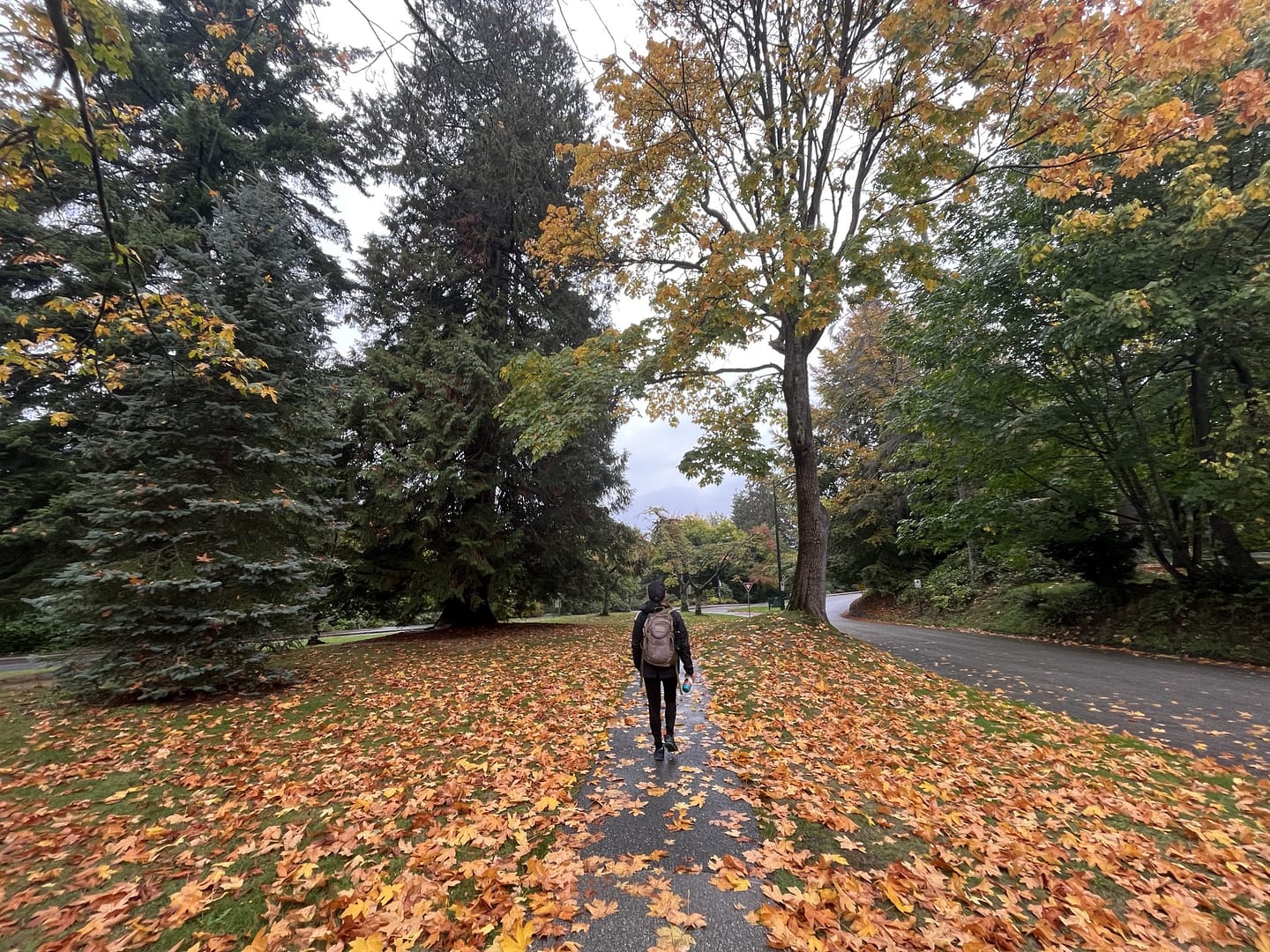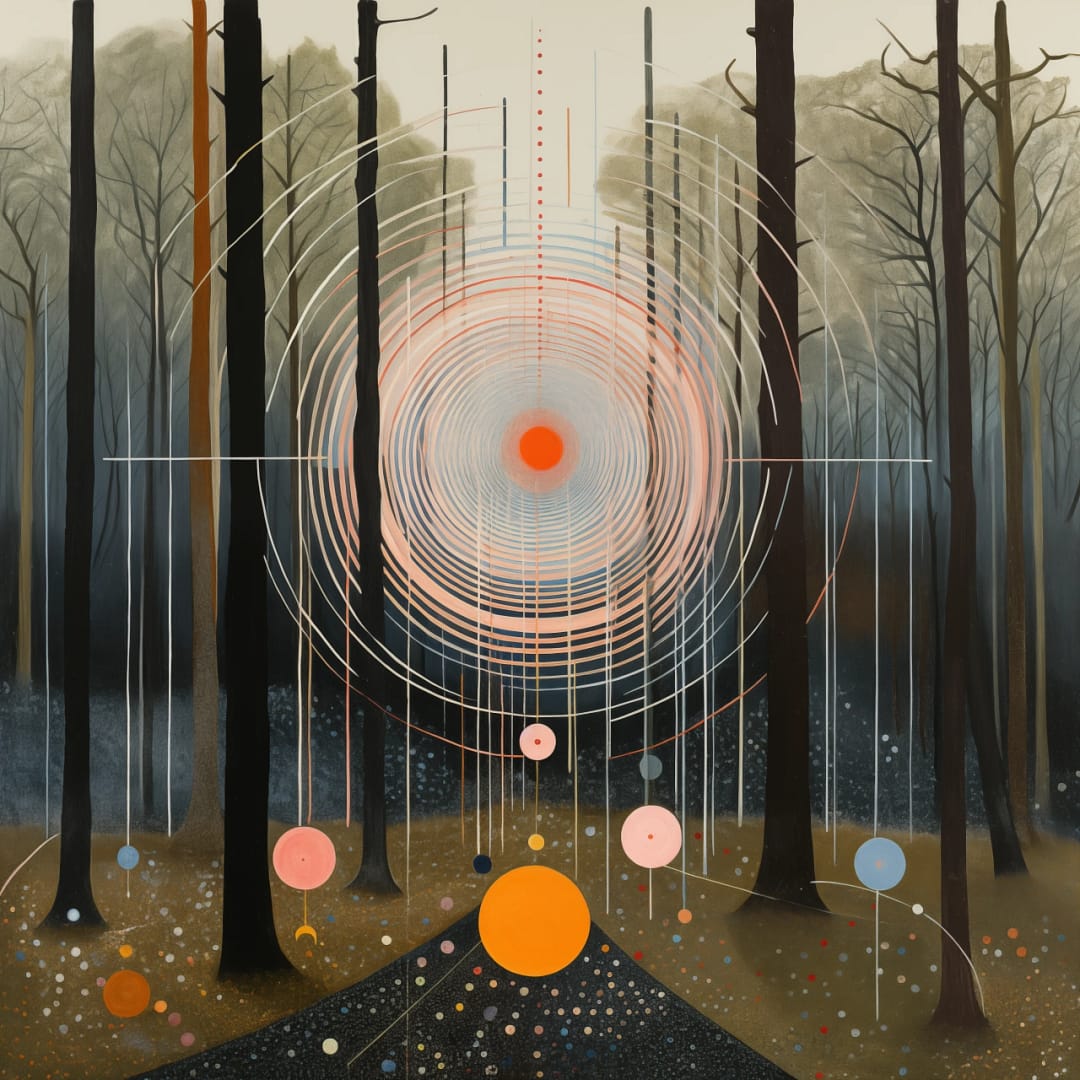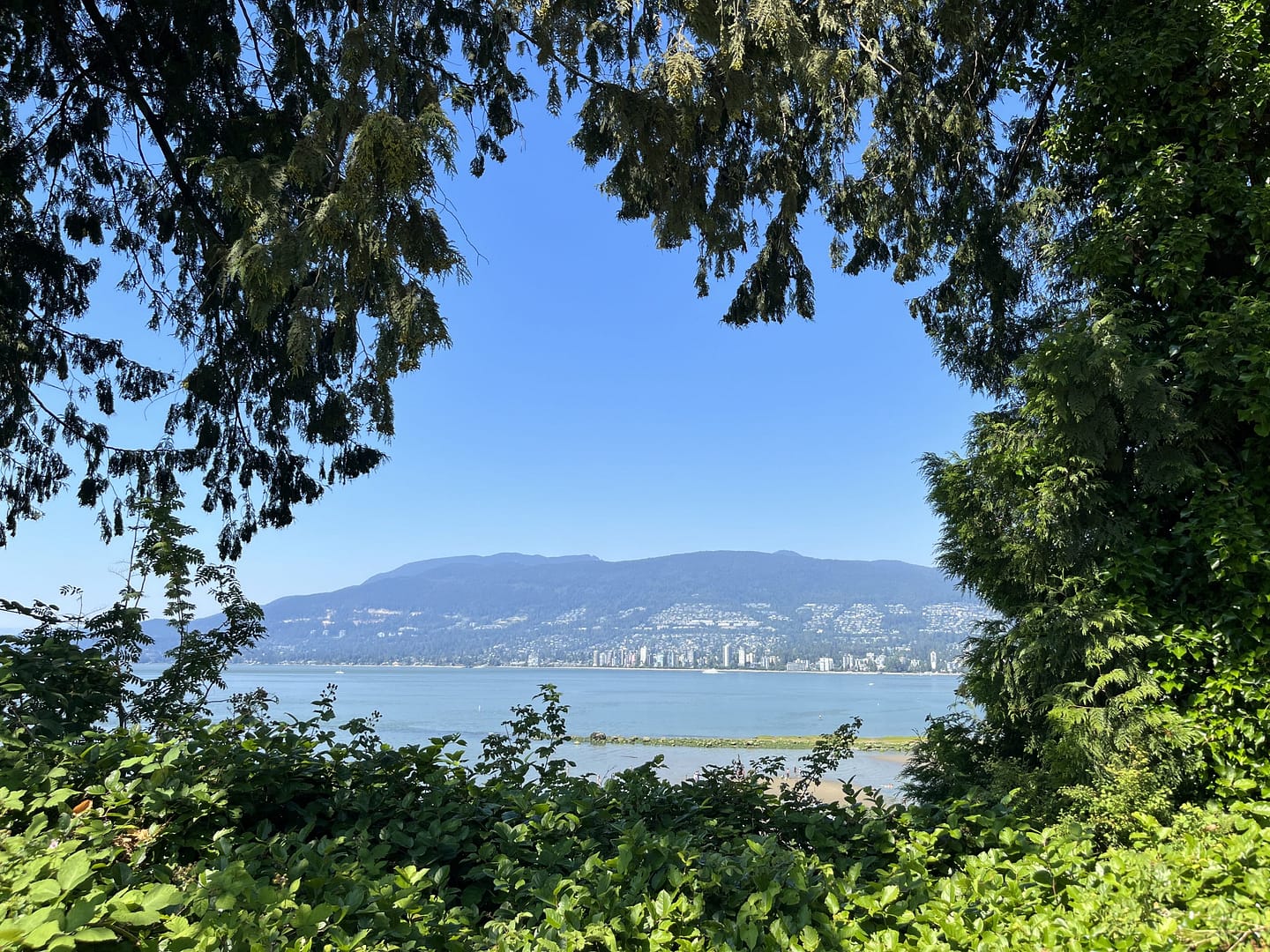How to Soundwalk in Nature: +5 Tips for Beginners
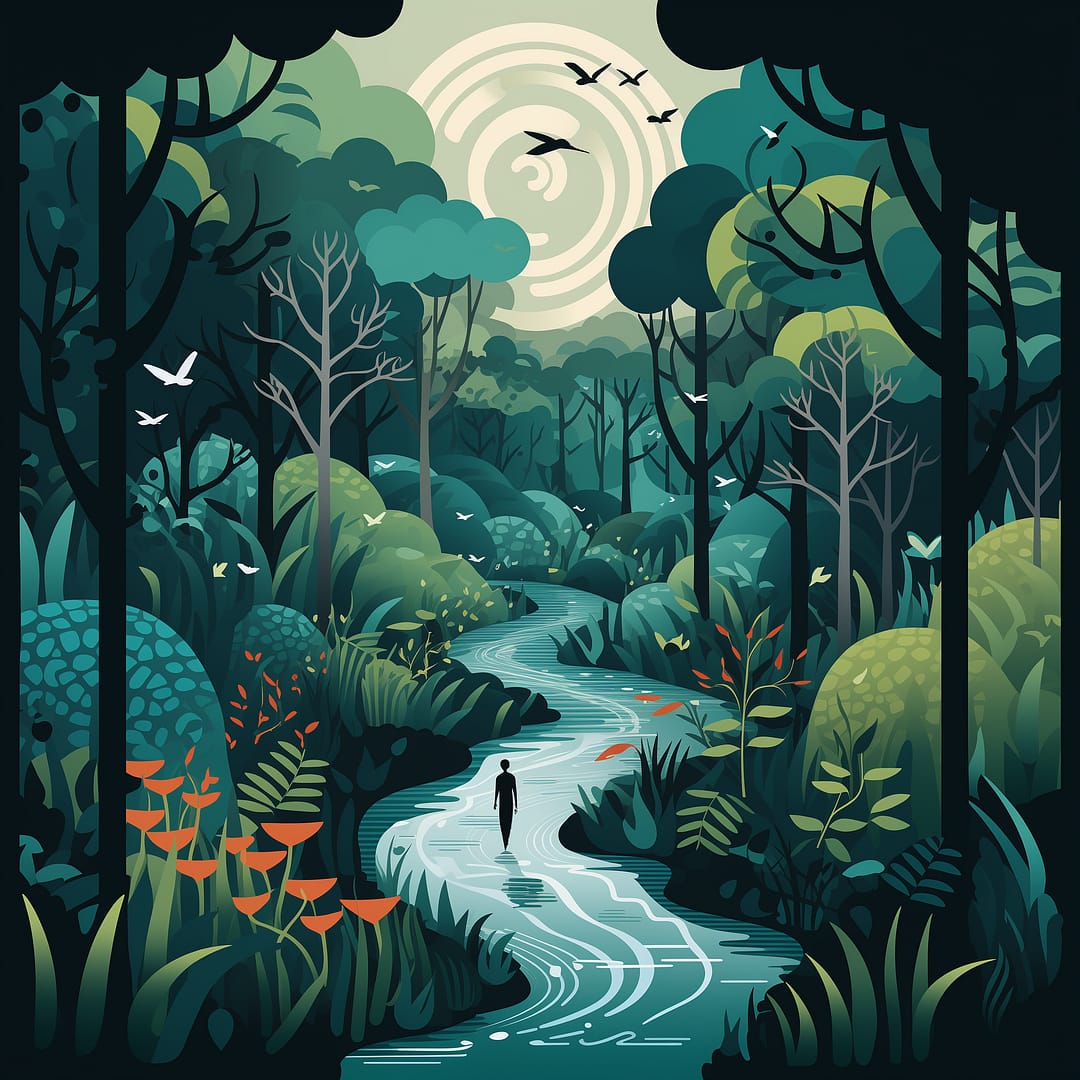
Are you looking for a new way to connect with nature? Take a soundwalk with me. It’s a great way to explore the natural world in a unique and meaningful way. In this post, I’ll advise beginners who want to try it out for the first time and share some pro tips on finding quiet places for your soundwalk experience. So, if you’re ready to immerse yourself in the sounds of nature, let’s get started!
This article may contain affiliate links. If you purchase through these links, I may earn a commission for referring you to a relevant business. But don't worry, my opinions and evaluations won't be affected by this. Thanks for your understanding and for supporting my website!
Understanding Soundwalks in Nature
By immersing yourself in nature with a sound walk, you allow yourself to experience the beauty of the natural soundscape. The natural environment is rich in sounds, especially during the sunrise and sunset hours of the day. These moments can enhance your listening skills and help you connect with the natural world. Appreciate the serenity of nature and become more mindful of the sounds that surround you.
This is a recording of a dawn chorus (sunrise) in the Central Peruvian jungle for season one of my podcast The Happy Listnening Project.
What is a soundwalk?
A soundwalk is a mindful and immersive experience of exploring and paying attention to the sounds in the environment. It involves walking at a slow, comfortable pace with intention, observing and deep listening to the various sounds around you. The term “soundwalk” was first used by the World Soundscape Project led by R. Murray Schafer in Vancouver during the 1970s.
Related: Exploring the World of Sound Walks: A Comprehensive Guide
The Benefits of Soundwalks in Nature

Taking a sound walk in nature offers a much-needed break from the noise and chaos of daily life. It’s a chance to relax, unwind, and find inner peace and can have a soothing effect on our nervous system.
Immersing ourselves in natural soundscapes through sound walks not only helps us practice mindfulness, but also reduces stress and anxiety. Moreover, it reconnects us with nature and enables us to appreciate the diverse and beautiful soundscape it provides.
Physically, a sound walk can encourage us to be more active and engage in gentle exercise as we explore our surroundings. Walking is a low-impact form of exercise that can improve cardiovascular health, increase circulation, and boost energy levels.
Pro Tips: Finding Quiet Places for a Soundwalk
When planning a sound walk, choose a date and time when the natural environment is less crowded. Find a location away from busy roads, buildings, and other sources of noise. Consider noise pollution levels, including sounds from human activities and flights. Look for natural environments like parks, forests, or near water.
1. Choose a Date and Time


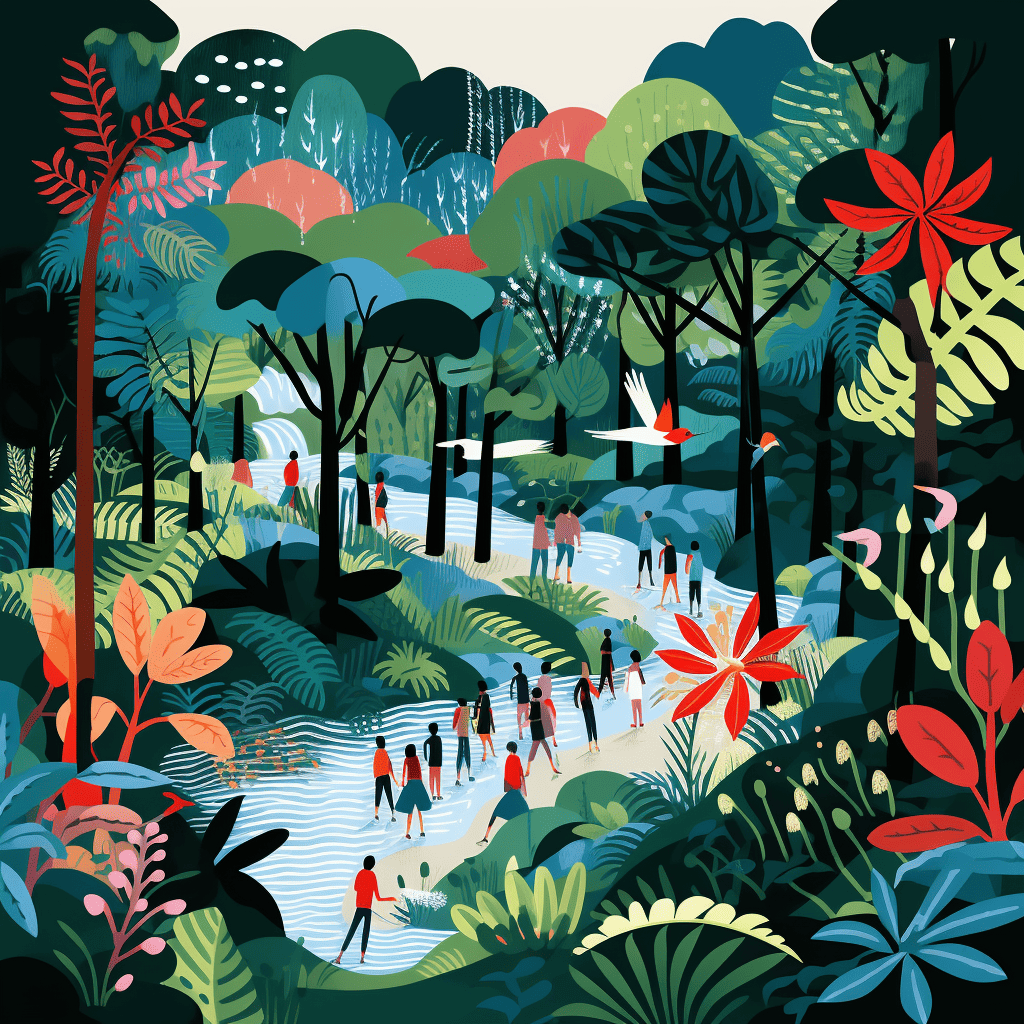
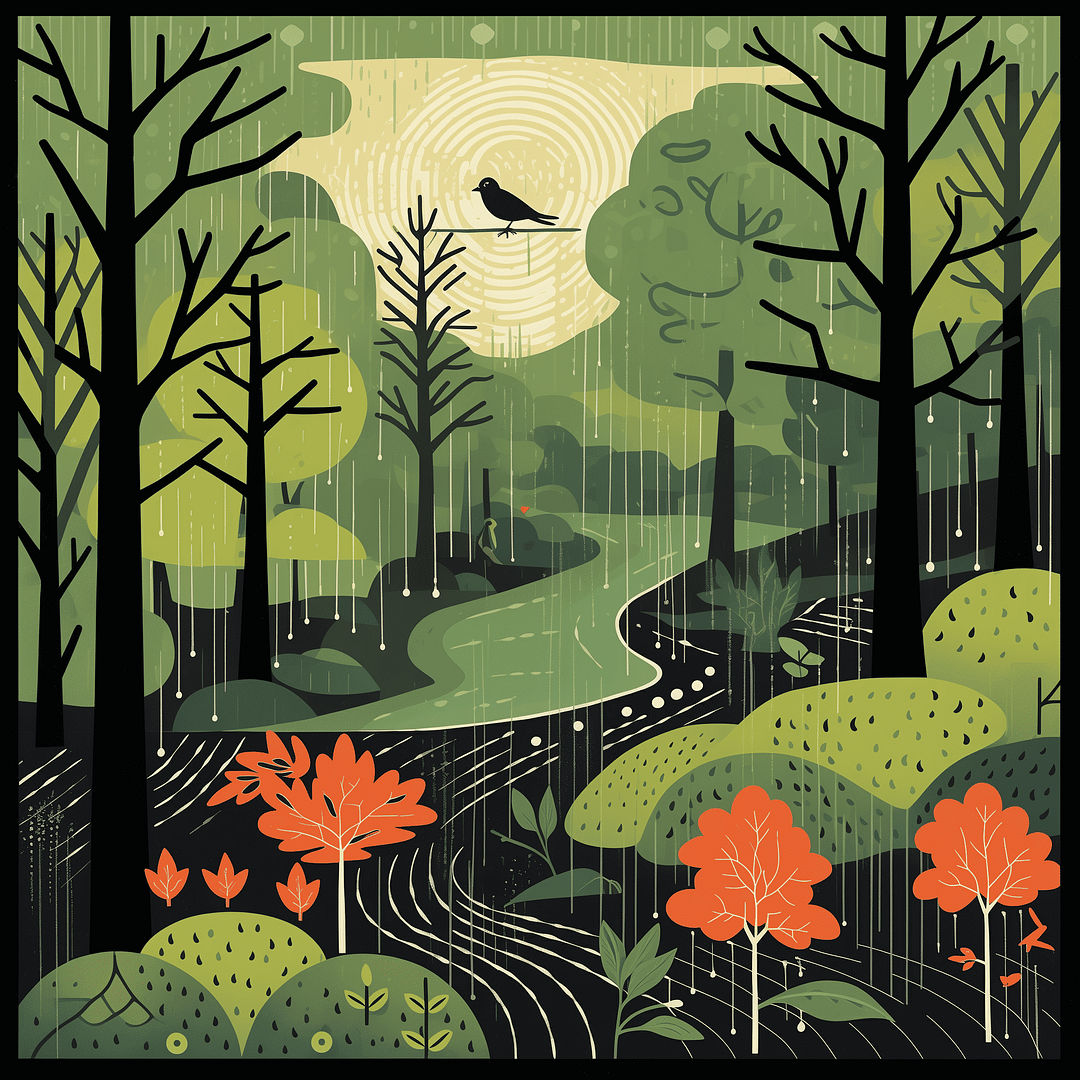
- Choosing a suitable date and time is essential. Opt for early mornings or late evenings when there is less human activity. Try catching the sounds of the dawn chorus; the waking hour of the day is when you can listen to the changes of nature sounds in an environment. I consider it to be a magical experience.
- Weekdays are preferable to weekends, as natural areas have fewer visitors.
- Check the weather forecast for suitable conditions. Use Accuweather.
- For wind conditions, I use Windy.
- Avoid holidays with packed crowds for a more serene experience.
2. Select a Location
When choosing a location for your sound walk:

- Research local sound walk spots, trails, or routes, and choose a location that resonates with you and aligns with your goals. Use the free AllTrails app to explore options and select a comfortable walking area.
- Look for natural environments like parks, gardens, or nature reserves. Consider diverse elements like forests, meadows, or beaches.

- Find places with various natural sounds, such as birds, flowing water, or wind and trees.
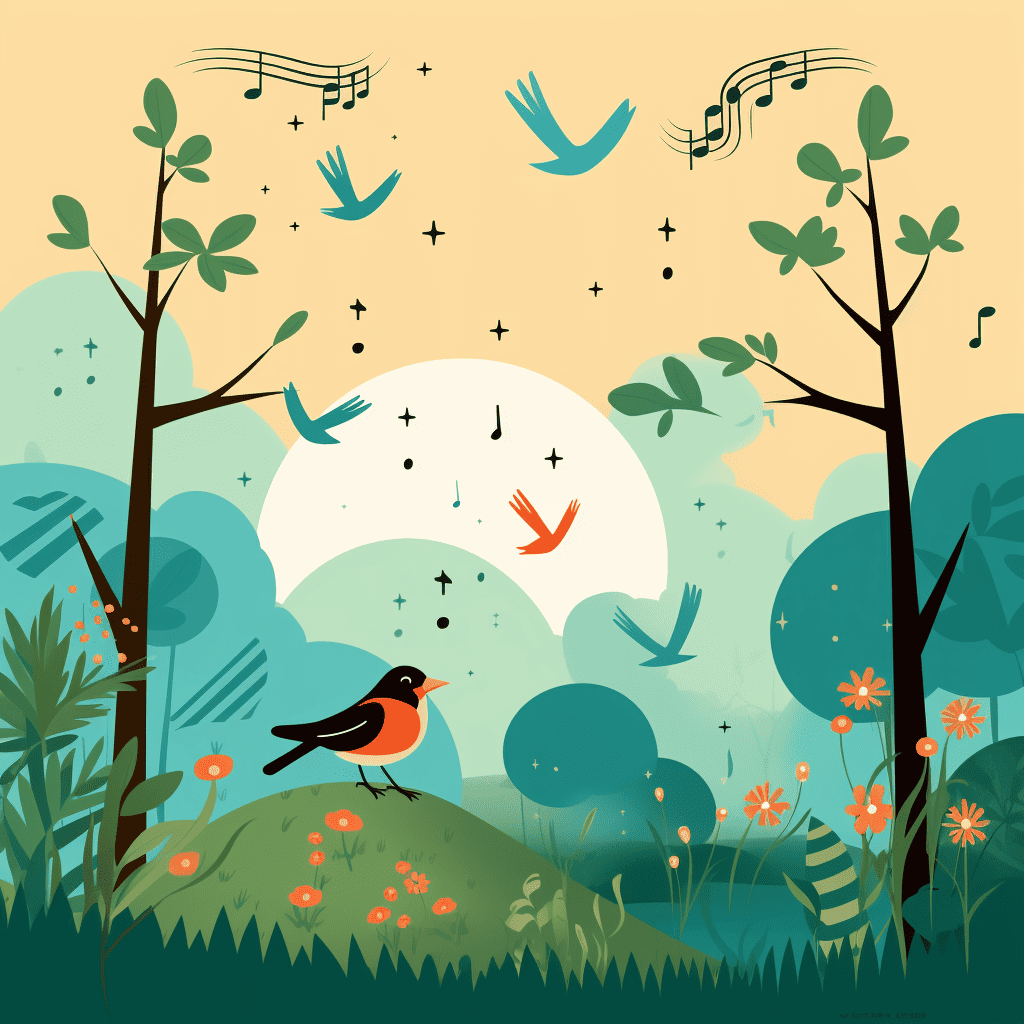
3. Consider Noise Pollution
- The key to finding quiet places is avoiding areas with high traffic on roads and in the air.
- Look for places where nature sounds can take center stage, away from airports, highways, or industrial areas. Prioritize locations where foreground sounds are natural, not dominated by human-made noise.


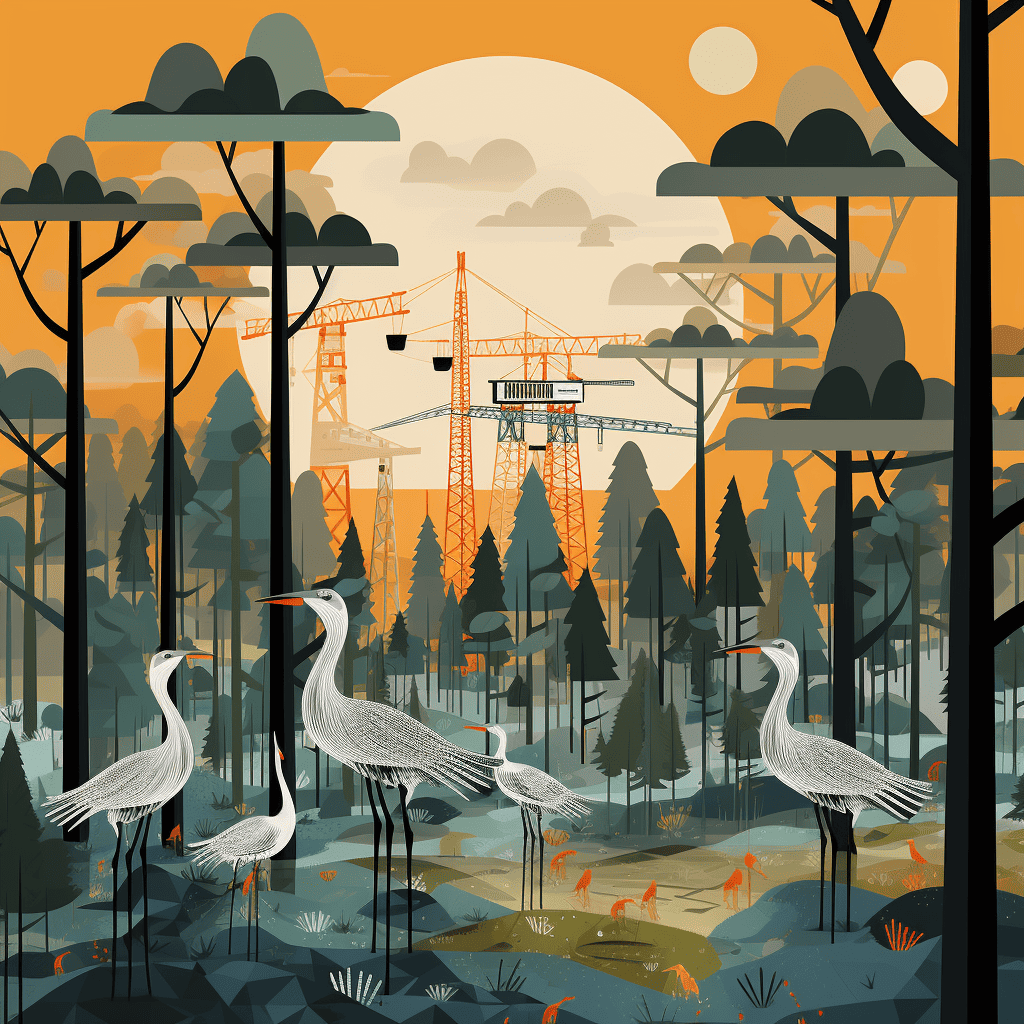
- When choosing a location for your soundwalk, it’s important to consider noise pollution. Do your research on noise pollution maps and avoid areas with high noise levels, such as busy streets or construction sites.

Essential Tips:
1. Wear comfortable and weather-resistant clothing.
2. Wear comfortable hiking shoes that are weather-resistant.
3. Bring a cellphone with a GPS app like Google Maps installed in case you lose your way and a portable power bank.
4. If going to a remote trail by yourself, tell someone where you are going and how long you will be there. Posting it on social media is also a good way to let people know where you are going.
5. Be mindful of your surroundings and respect the natural environment.
Conclusion: Soundwalking in Nature
Soundwalks in nature offer a unique way to connect with the environment and engage our senses. It is an excellent way for beginners to start in silent places as it is easier to concentrate on listening. By immersing ourselves in the natural soundscape, we can experience a deeper sense of tranquillity and mindfulness. Whether you’re a beginner or a seasoned explorer, here are five tips to enhance your sound walk experience.
First, choose a date and time that aligns with your schedule and the desired ambiance. Next, select a location that provides a variety of natural sounds. Consider noise pollution maps and aim for quieter areas to fully immerse yourself in natural soundscapes.
For more info on sound walks, check out my blog post: “Exploring the World of Sound Walks: A Comprehensive Guide.” Happy sound walking!
Frequently Asked Questions (FAQs)
What is a soundwalk and how does it work?
A soundwalk is a mindful walk focused on listening to the sounds of nature. During a soundwalk, you should slow down and pay attention to all the sounds around you, like birds singing and leaves rustling. Avoid distractions like music or talking to fully immerse yourself in the experience.
How can a soundwalk help you connect with nature and your surroundings?
By focusing on the sounds of nature, you can tune out distractions and become more aware of your environment. This form of walking meditation helps reduce stress and anxiety while deepening your appreciation for the natural world.
What is the purpose of a sound walk?
The purpose of engaging in a soundwalk is to actively listen to the surrounding sounds and connect with the environment. By doing so, you can increase mindfulness, reduce stress, and explore the intricate details of the soundscape. Additionally, it allows you to examine how sound and space interact.
What is the meaning of sound walk?
A sound walk or soundwalk involves focusing on the sounds around you while walking. It can be done alone or in a group and can be guided or unguided. Engaging in a sound walk helps you become more mindful of the environment and gain a new perspective.
How do you lead a soundwalk?
To lead a successful soundwalk, planning ahead and choosing a location with diverse sounds is essential. Start with a brief introduction and guidelines for participants. Encourage them to focus on listening rather than talking or taking pictures. After the walk, gather as a group to discuss and reflect on the different sounds heard. For additional information, go to: Master How to Conduct a Soundwalk for All Ages in 3 Simple Steps
Who invented the soundwalk?
Composer and artist R. Murray Schafer pioneered the concept of soundwalking in the late 1960s. In his book “The Tuning of the World,” he emphasizes the importance of actively listening to our acoustic environment. Today, soundwalking is embraced by artists, musicians, writers, and nature enthusiasts worldwide.
Disclaimer: The contents of this website, such as text, videos, images, and other material, are for informational purposes only. I am not a mental health professional. The content I share is based on personal experience and research, and is not intended to be a substitute for professional advice, diagnosis, or treatment. Always seek the advice of your mental health professional or other qualified health provider with any questions you may have regarding your condition. Never disregard professional advice or delay in seeking it because of something you have read on my website.

